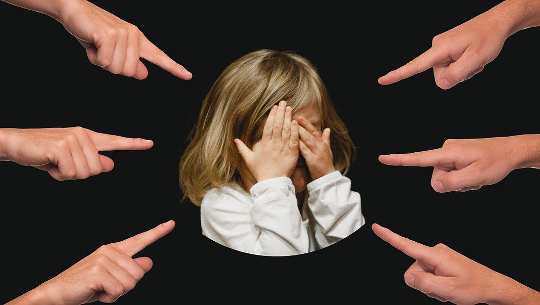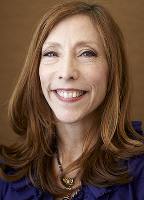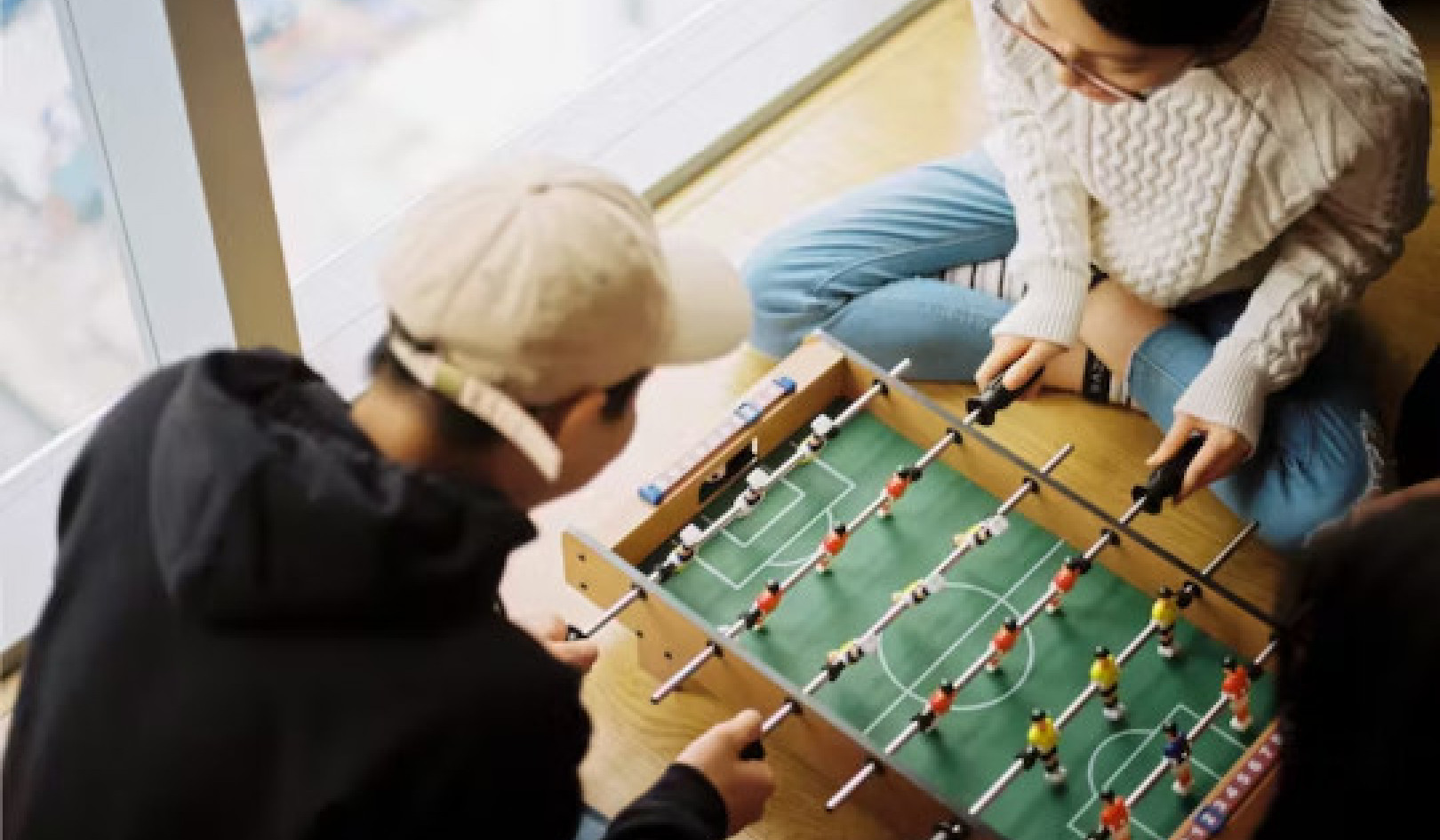
Image by Gerd Altmann
You may not think you have a core negative belief, but if you’re mysteriously stuck, one or two ideas are probably holding you back — or blowing you off course — without your even realizing it,
“I’m worthless.” “I am unlovable.” “I am fundamentally flawed.” “I’m broken.” These are examples of truly believed, yet false, painful core beliefs, the foundation on which many people unconsciously base their lives. A person can have a core negative belief and still have many positive attributes.
A core negative belief is different from acknowledgment of a negative situation. Sometimes it’s true that someone you love doesn’t love you back; that you’re the one who screwed up the math invalidating the results in a report; that your genius ability to diagram sentences is irrelevant, and perhaps even an impediment, in the era of social media. Experiences like this can hurt, but the difference between them and a core negative belief is that the latter is a hurtful lie that undermines your entire being and destroys your motivation. It is part of the glue that’s keeping you stuck. When we’re stuck, it’s often a signal that we’re trapped by the gravitational pull of our core negative beliefs.
Like A Black Hole In Space
People have only one or two core negative beliefs, but they affect everything we think and do. They’re like a black hole in space, getting heavier and stronger as it draws in all the matter around it. They limit our access to our full range of intelligence. One of the worst consequences is that they lead us to believe we see the entire situation clearly, blinding us to the fact that our core negative beliefs obstruct and warp our view.
These beliefs are based on ideas and rules instilled by our early caregivers and authority figures: parents, grandparents, babysitters, teachers, and religious and cultural leaders. These caregivers have rules for what kind of person they want you to be. The rules are intended to protect your vulnerability (and theirs). Ideally, they’re also intended to help you become a strong, happy, contributing member of society.
Core negative beliefs develop out of rules and commands like “Don’t be selfish,” “Don’t be stupid,” “Be quiet,” “Be loyal,” “Boys are strong,” and “Don’t cry.” Over time, especially when uttered in mean or threatening tones, these edicts can make kids feel they are condemned to be perpetual failures, as opposed to making the occasional blunder.
Other such sayings include “A fool and his money are soon parted,” “You made your bed, now you must lie in it,” “Don’t get too big for your britches,” and “It’s time to give up that pipe dream.” You get the picture. What were some of the sayings you grew up with?
The Precocious Inner Critic
In the right quantity, rules and credos reinforce important and healthy values. It’s important for kids to learn to control impulsivity, to be accountable and considerate of others. They also need to learn basic rules of social behavior: it’s totally reasonable to expect a preschooler to be able to wash their hands and say please.
Very early in a child’s development, the precocious Inner Critic absorbs all this cautionary information and takes on the role of enforcing these internalized rules. “Like a well-trained CIA agent,” Hal and Sidra Stone observe, “the Inner Critic... infiltrates every portion of your life, checking you out in minute detail for weakness and imperfections.” Also, as they observe in Embracing Our Selves, the Inner Critic “has a great talent for teamwork.”
The Inner Critic is a five-star general who recruits Protector/Controllers, Perfectionists, Pushers, Incomparable Comparers, and many other inner selves to enforce the rules it believes are crucial to the individual’s survival. A gift of the Inner Critic can be that it gets things done. A sting can be that it’s too harsh and thus paralyzes you.
Mistakes Not Allowed?
In punitive households where mistakes aren’t allowed and kids are yelled at and scolded, they may come to believe that they deserve pain. When children are shamed, severely punished, or mocked when they miss the mark or disobey, they start to perceive themselves as fundamentally flawed and irredeemably bad. This perception is the essence of core negative beliefs.
The Inner Critic emerges in this environment to save the child from attack or abandonment. Even if its modus operandi becomes toxic, its original motivation is protective. The scar tissue around the primal wounding from criticism forms at a very early stage of development. This is why these beliefs are often brutally fierce and don’t respond to logic.
For many of us, as Hal and Sidra Stone note, “at some point the Critic oversteps its bounds, takes matters into its own hands, and begins to operate on its own agenda.. . . With the Critic’s original aims and purposes forgotten, all that is left for it is the excitement of the chase and the wonderfully triumphant feeling of conquest, as it operates secretly and independently of any outside control.”
The Overzealous Inner Critic
An overzealous Inner Critic can also develop as a result of events like an illness, accident, or death in the family. For example, Melissa grew up with a parent who struggled heroically with a debilitating neurological disorder. Melissa suffered from low-level depression that invariably made her energy fizzle. Every time she started a project, she soon lost motivation and focus, and the goal languished in the final eighth zone.
Through the final eighth process, Melissa realized she had a form of survivor’s guilt. She became aware that she’d always felt guilty that, in contrast to her disabled mother, she was agile and enjoyed her good physical health. That feeling grew until she felt shame when experiencing any form of enjoyment.
The fallout from Melissa’s core negative belief (“I don’t deserve”) was that she unconsciously forbade herself any victory laps. The best way to avoid celebrating victory was simply not to achieve a goal. Melissa had permission from her Inner Critic to go pretty far — 7/8 of the way there — but not to triumphantly cross the finish line.
Even though it was uncomfortable to be stuck, her shrouded priority was to avoid the awful feeling of guilt for achieving and enjoying her success. Even though nobody else ever asked her to limit herself, this was Melissa’s unconscious act of distorted loyalty to her mother.
Another tricky characteristic of core negative beliefs is their ability to hide. For example, your Can-Do self may take over your schedule and accomplish many tasks for some time. But if your root belief (conscious or unconscious) is “Nothing works out,” different personas will take over and collude to make sure things don’t work out. Many of us work against ourselves. Failure can truly be an inside job.
Competing Inner Agendas
We’re complicated beings with multiple, competing inner agendas. Once you see what those are and how they’re working, you can do something about them.
Your one or two core negative beliefs are an invisible carpet. If your core belief is “Nothing works out,” you’ll stand on that rug regardless of where you are and what you are doing. When you mistakenly assume something is true, the misconception rules your behavior.
When you’re so close to the finish line that your core negative belief is threatened, any number of discomforts roll in. Perhaps you suddenly have to deal with deadlines you completely forgot about, or you feel confused, unfulfilled, irresponsible, overextended, overwhelmed, underwhelmed, fatigued, apathetic, demoralized, irritable, bored, hopeless, or unable to concentrate. Perhaps you’re overcome by a headache, toothache, heartache, stomachache, or other aches.
Negative beliefs can operate clandestinely and hide behind extreme feelings, vulnerability, and difficult emotions, including shame and envy. The intensity lurking within the negative beliefs triggers avoidance behaviors. You start distracting yourself with fleeting pleasures like Googling rare illnesses, napping, and watching videos.
The resulting inaction on your project triggers the false feedback loop that being stuck is proof of the accuracy of your core negative beliefs. Remember, these negative beliefs are lies. What is true is that they exist, and they shape your thoughts, behaviors, attitudes, motivations, and interpretations of natural glitches and frustrations. For many people, these imperatives evolve into silent, powerful, soul-crushing mantras that paralyze rather than motivate.
©2020 by Bridgit Dengel Gaspard. Reprinted with
permission of the publisher, New World Library.
www.newworldlibrary.com or 800-972-6657 ext. 52..
Article Source
The Final 8th: Enlist Your Inner Selves to Accomplish Your Goals
by Bridgit Dengel Gaspard
 Bridgit Dengel Gaspard coined the term “the final eighth” to describe a phenomenon she experienced herself and observed in others: talented, energetic, motivated people accomplish many steps toward a goal (seven-eighths of it) but then are mysteriously stalled. Practical tips and pep talks don’t work because the problem — and the solution — lies deeper. While the conscious, everyday self says, “I want this,” other inner selves worry that success will put them in some kind of danger. The powerful secret? Not every part of you wants what you think you want! The innovative technique of voice dialogue will help you communicate with your alter egos, whatever your goal is. In the process, you’ll discover and liberate inner “wise counselors, canny advisers, and magical sages,” transforming them into valuable allies who’ll help you finally achieve your goals.
Bridgit Dengel Gaspard coined the term “the final eighth” to describe a phenomenon she experienced herself and observed in others: talented, energetic, motivated people accomplish many steps toward a goal (seven-eighths of it) but then are mysteriously stalled. Practical tips and pep talks don’t work because the problem — and the solution — lies deeper. While the conscious, everyday self says, “I want this,” other inner selves worry that success will put them in some kind of danger. The powerful secret? Not every part of you wants what you think you want! The innovative technique of voice dialogue will help you communicate with your alter egos, whatever your goal is. In the process, you’ll discover and liberate inner “wise counselors, canny advisers, and magical sages,” transforming them into valuable allies who’ll help you finally achieve your goals.
For more info and/or to order this book, click here. Also available as a Kindle edition.
 About the Author
About the Author
Bridgit Dengel Gaspard, LCSW,graduated from Columbia University, founded the New York Voice Dialogue Institute, and has led workshops for Omega Institute, New York Open Center, and many other organizations. As a former performer and comic, she specializes in overcoming creativity blocks.
Find out more about her work at Bridgit-Dengel-Gaspard.com/



























